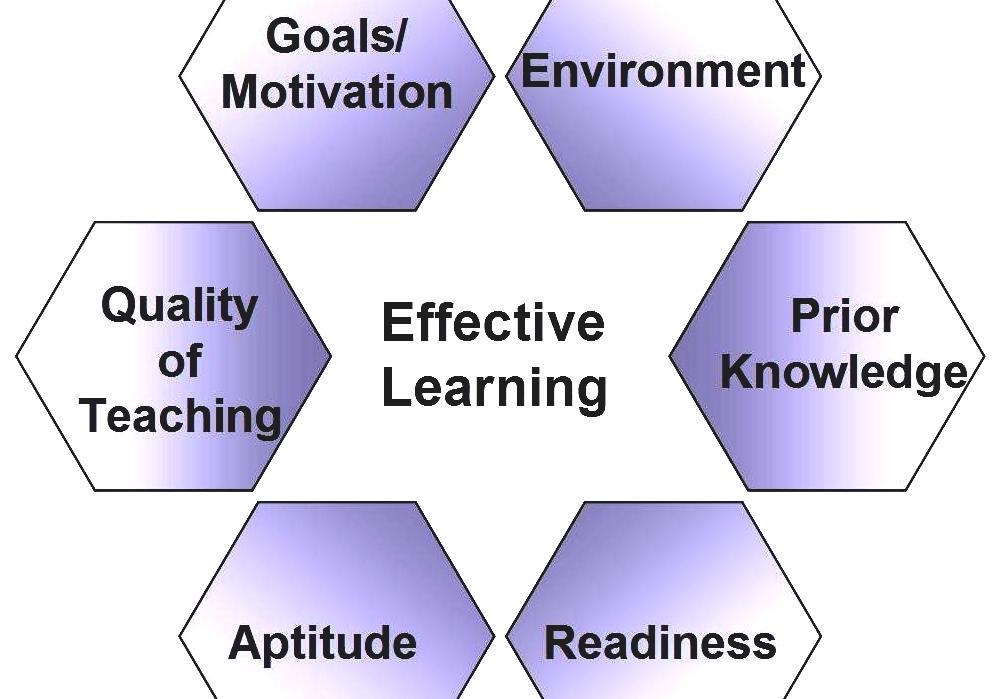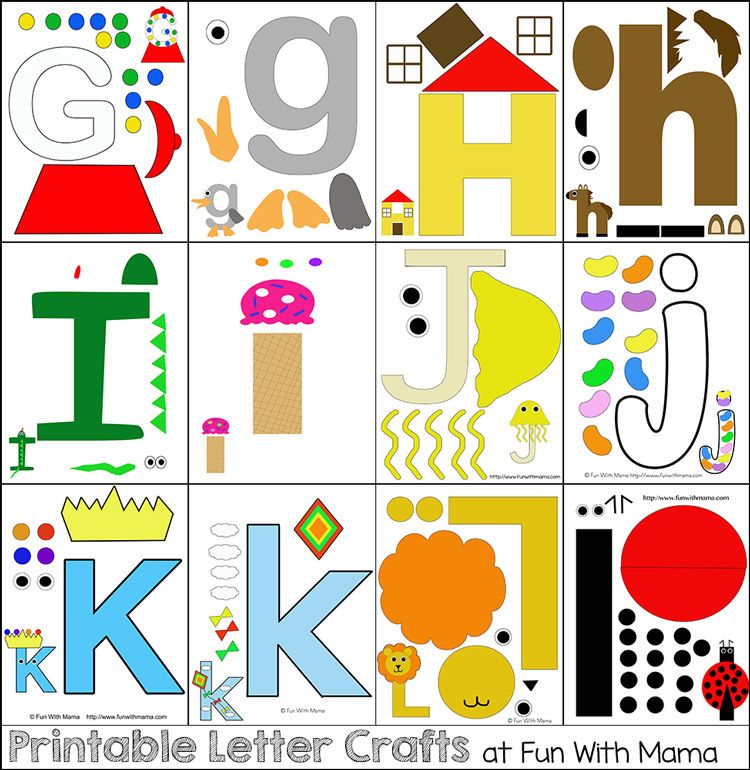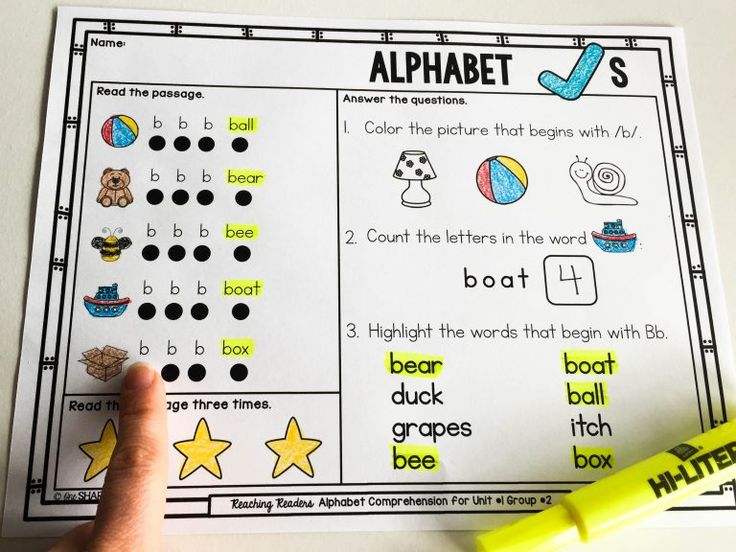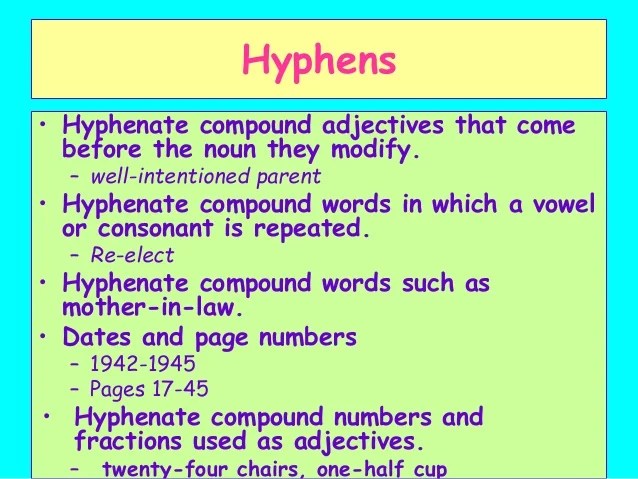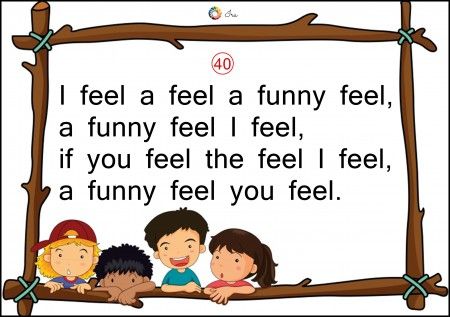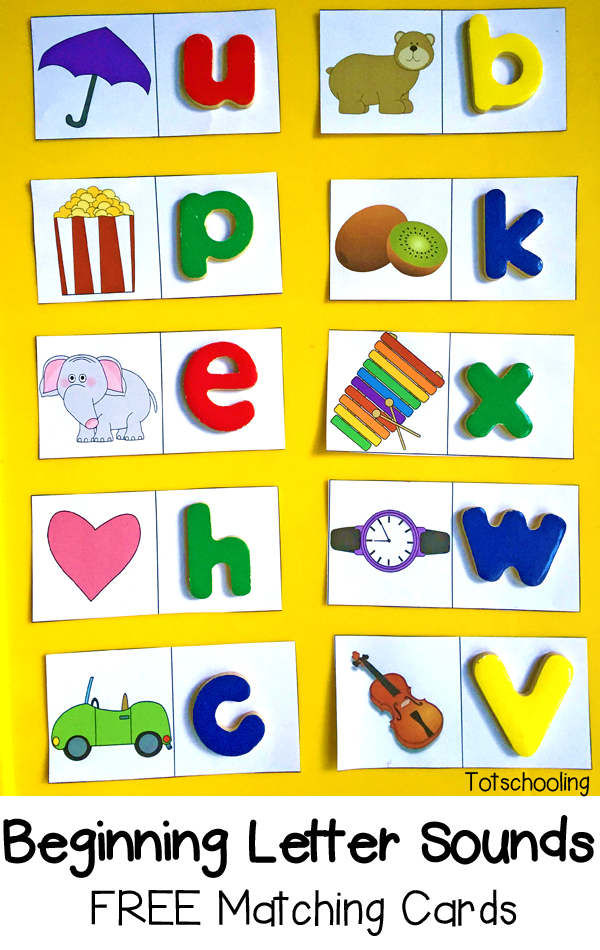Readiness to learn examples
Classroom differentiation: ability, readiness and interest
In the first part of our series on differentiation in the classroom, we identified seven learning profiles that teachers should be aware of. This profile differentiation allows teachers to give pupils of all strengths and weaknesses the best chance of learning.
As a key part of differentiation, teachers should establish their pupils’ readiness to learn, their learning interest and learning ability. Scoring learner profiles in these three areas arms teachers with the best strategy to teach a mixed-ability classes. Firstly, however, it is important to understand that readiness is not synonymous with a pupil’s ability, and both can influence his or her motivation, as well as external factors. In this post we breakdown these three principal profile differences and what a high, medium or low rating in each could translate to.
Readiness to learn
Learning readiness refers to how well equipped a pupil is to learn, including circumstantial and environmental factors. A student with a low readiness to learn may be encumbered by difficult personal circumstances in his or her life, or a lower emotional or physical maturity. It can point to external distractions or a personal barrier.
Medium scoring pupils may have medium or high ability and interest in learning, however for whatever reason, they may need some improvements in learning preparation. This can also be the result of changing personal circumstances. Teachers must work hard to engage this pupil to stop him or her becoming the invisible child.
A highly scoring student may be of an appropriate age to learn a new skill, and is unaffected by any distractions or personal problems. He or she is in a stable, suitable learning environment with a rich supply of learning resources.
Learning ability
The academic capability of a pupil generally dictates the pace at which he or she can learn. A student with lower ability and thus a slower pace of learning is by no means an indicator for future failings.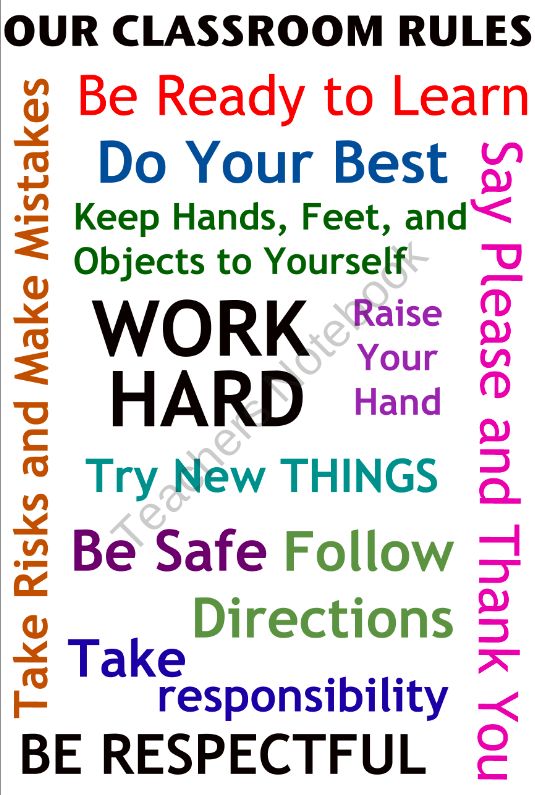 A student with less ability may be less academically capable than his or her peers, but teachers should be aware this learner may excel in more specific areas.
A student with less ability may be less academically capable than his or her peers, but teachers should be aware this learner may excel in more specific areas.
Students with a medium ability score may find themselves less motivated to learn, particularly if they lack the confidence to perform in groups. While they may not be as reserved as low ability learners, these pupils may benefit from learning materials with progressively harder tasks to grow their confidence.
Never miss a beat with the latest insights, tips and updates for school leaders and educators.
tick (1)Created with Sketch.View our privacy policy.
A student with a high learning ability score may not present any immediate concerns for teachers or parents, but teachers must ensure this type of learner doesn’t become complacent. This type of pupil should still be given regular attention and assessment so his or her interests are constantly stimulated to avoid a lack of motivation.
Learning interest
Referring to the levels of motivation a pupil possesses to learn, learning interest will indicate how passionate learners feel about general and specialised subjects. A pupil with a low interest score could be feeling unmotivated due to his or her academic ability or disruptive external factors and circumstances. Teachers should assess his or her ability level to ascertain the situation that is impacting their motivation.
A medium-scoring pupil could be an averagely performing learner and lacking interest in achieving more. This pupil could be more introverted than their peers, and teachers should work on improving his or her confidence.
A highly motivated student, however, could be a high academic performer across all subjects, or a pupil with a specific passion for a specialist subject. This type of student should be encouraged to pursue his or her passion to prosper in future.
Once the implications of these three common learning conditions — readiness to learn, learning ability and learning interest — are fully understood, it is important for teachers to address their mixed-ability pupils using methods of differentiation. These methods are generally listed under seven principal categories, and we will address these in the third part of our series on differentiation in the classroom.
These methods are generally listed under seven principal categories, and we will address these in the third part of our series on differentiation in the classroom.
5 Learning Strategies to Improve Classroom Focus
The traditional educational environment has long relied on attentive and passive learners to set the tone for productive instruction. However, these characteristics are not the natural dispositions of a majority of learners, particularly younger learners who crave more interactive learning experiences. Remote learning, which has become an increasing popular alternative to in-person learning formats, can make it even more difficult to engage learners, unless you’re employing particular strategies to provide more opportunities for interaction and collaborating in your virtual learning environments.
Fortunately, there are quite a few ways you can increase learner readiness and engagement whether you’re utilizing a hybrid or fully remote learning experience. In this blog, we’ll explore some tips and strategies that can help support learner readiness and empower your learners in their educational journey.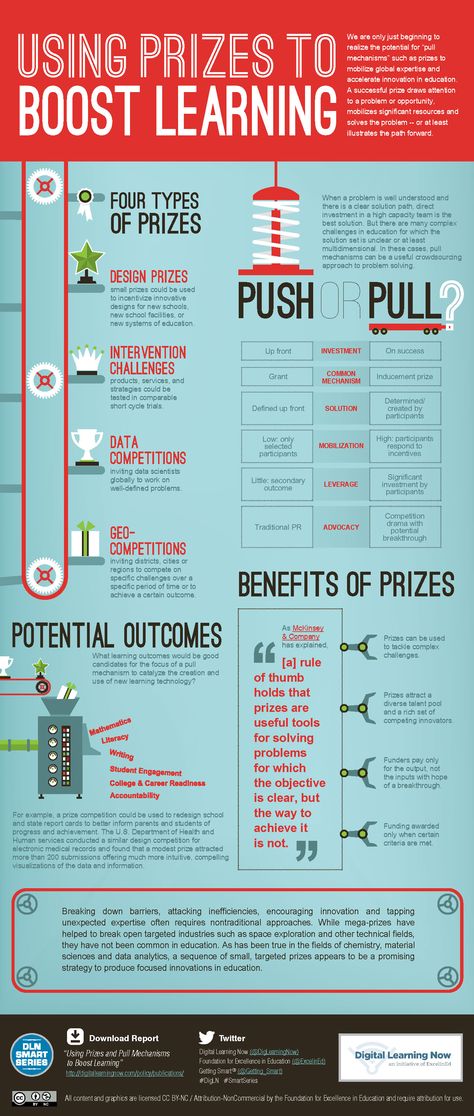
Learning a few teaching techniques may help alter the state of your classroom, but it will not guarantee your effectiveness as a teacher. When you understand the purpose of learner readiness, you will be more apt to naturally make adjustments to your teaching style, classroom management and curriculum to encourage student success.
Learner readiness is the ability of a student to take new information and process it in a way that changes behaviors or leads to desired academic outcomes. In essence, it is the ability for an individual to actively engage in the learning process and take personal responsibility for learned information. The following strategies encourage students to become active participants rather than passive bystanders.
1. Bring the Class Into Focus.Whether you’re conducting a course in the classroom or an online seminar, take a brief moment at the beginning of each class to rein in the focus of your constituents.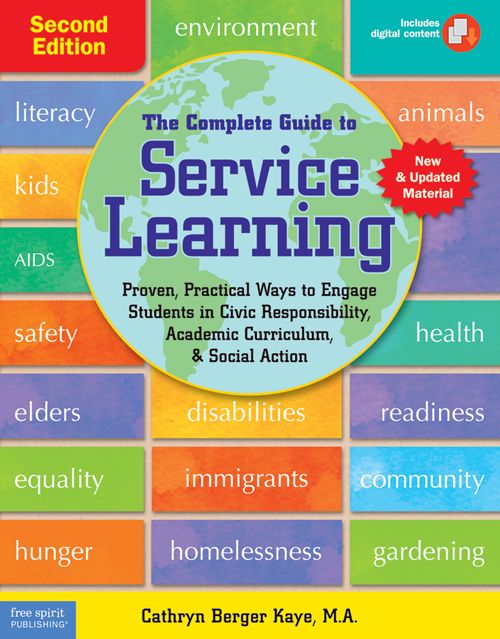 Start with a brief exercise such as sharing a positive highlight from their weekend or asking them to provide a question or comment they had from the previous lesson.
Start with a brief exercise such as sharing a positive highlight from their weekend or asking them to provide a question or comment they had from the previous lesson.
Furthermore, you can encourage learners to sit or stand quietly for a minute and take them through slow, deep breathing exercises. This will increase the oxygen flow to the brain, expel stress and create the opportunity to become present and in the moment. Encouraging brief meditation or slow breathing is proven to help calm and focus learners of all ages.
2. Provide Sensory Outlets.In addition to breathing exercises at the beginning of class, allow opportunities for sensory breaks within the class schedule. Encourage students to take periodic breaks in order to regroup or reset before diving into a new subject or section of the material. This helps learners from becoming overwhelmed or frustrated with a course or subject. Playing a game, working on an art project, or even just taking a short walk outside can be the sensory break needed to restore focus.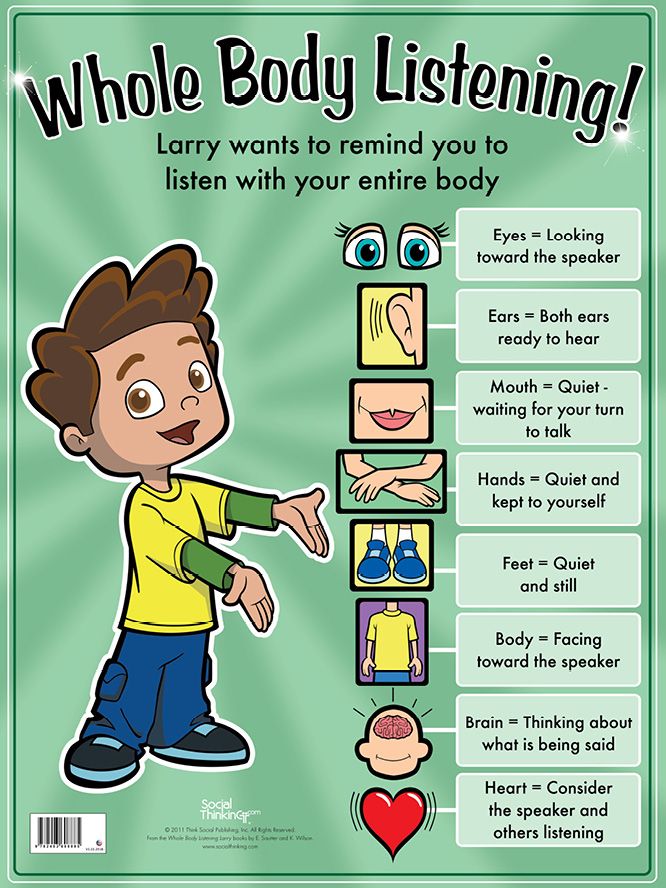 Scheduling breaks into your lesson for these types of “brain breaks” helps students come back to class refreshed and ready to absorb additional material.
Scheduling breaks into your lesson for these types of “brain breaks” helps students come back to class refreshed and ready to absorb additional material.
Many teachers are frustrated by how much students move and fidget on their own, but movement is not a detriment to learning. In fact, movement is one way to effectively enhance cognitive functions. First and foremost, movement increases the flow of oxygen-rich blood to the brain. This stimulates the neural networks and improves performance with both thought processes and memory recall. Movement also improves learner morale and motivation.
There is a caveat to using movement in learning. Some movements can be noisy and distracting, like the fidget spinner craze of several years ago. Instead of these items, support movement with yoga balls, bouncy seat bands, wiggle cushions, or even encouraging learners to take a minute or two every hour to get up and stretch. These activities allow students the freedom to generate some movement without interrupting classroom focus.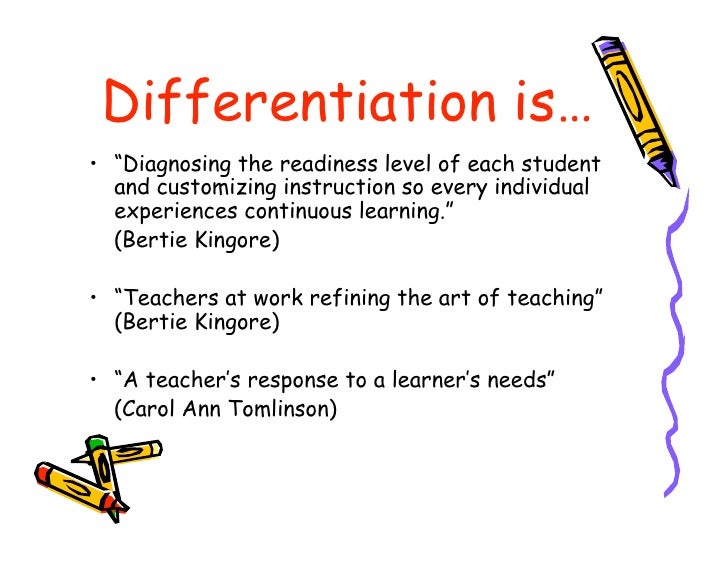
A successful learner has the ability to focus their attention on the information being presented. You can help students develop basic cognitive skills that they can build upon. A failure to process information affects a student’s ability to learn, read and listen, but brain training exercises can lay a new foundation the student can draw on to learn.
There are online programs that provide individualized practice modules focusing on reading and language skills. However, as a teacher, using diverse instructional methods also increases cognitive development. Songs, repetition, visuals, kinesthetic instruction and gamified content provide multiple ways for learners to engage with the material and retain the information they’ve learned.
5. Reinforce the Process Instead of the Results.Rather than focusing on the desired results of the learner you are teaching, focus on the learning process and the specific need of that learner.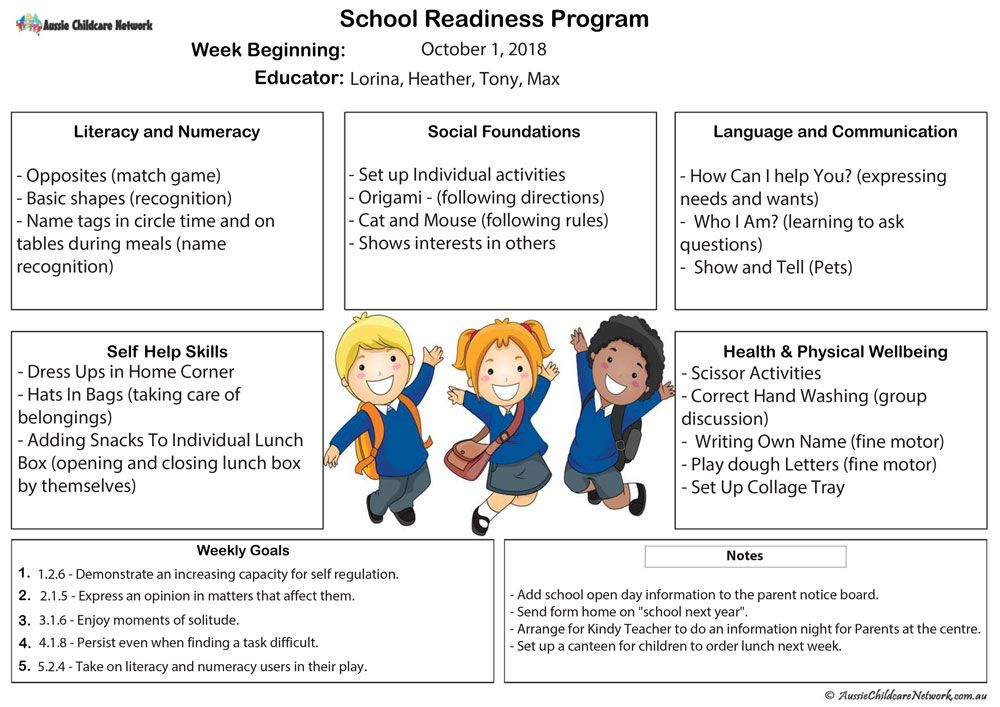 Build custom reports that reflect how learners engage with your eLearning content to reveal the extent of the learning that has taken place. If they’re having to repeat lessons or certain areas within the course, it might be worth evaluating how you can build learner readiness in that area for an optimal experience. Design courses with contextual learning experiences that allow learners to dive into applying a lesson to a real-life scenario. Recognize the efforts and not the innate retentivity the student displays. This will create a growth mindset that encourages and rewards hard work and dedication so learners are ready to receive and retain the information throughout the entire process, not just when it comes to cramming for an exam or evaluation.
Build custom reports that reflect how learners engage with your eLearning content to reveal the extent of the learning that has taken place. If they’re having to repeat lessons or certain areas within the course, it might be worth evaluating how you can build learner readiness in that area for an optimal experience. Design courses with contextual learning experiences that allow learners to dive into applying a lesson to a real-life scenario. Recognize the efforts and not the innate retentivity the student displays. This will create a growth mindset that encourages and rewards hard work and dedication so learners are ready to receive and retain the information throughout the entire process, not just when it comes to cramming for an exam or evaluation.
As there are different learning styles across every group of students, one way of instruction is sure to work better for one type of learner than another. This is why diversified instruction and an accommodating learning environment are crucial to student success.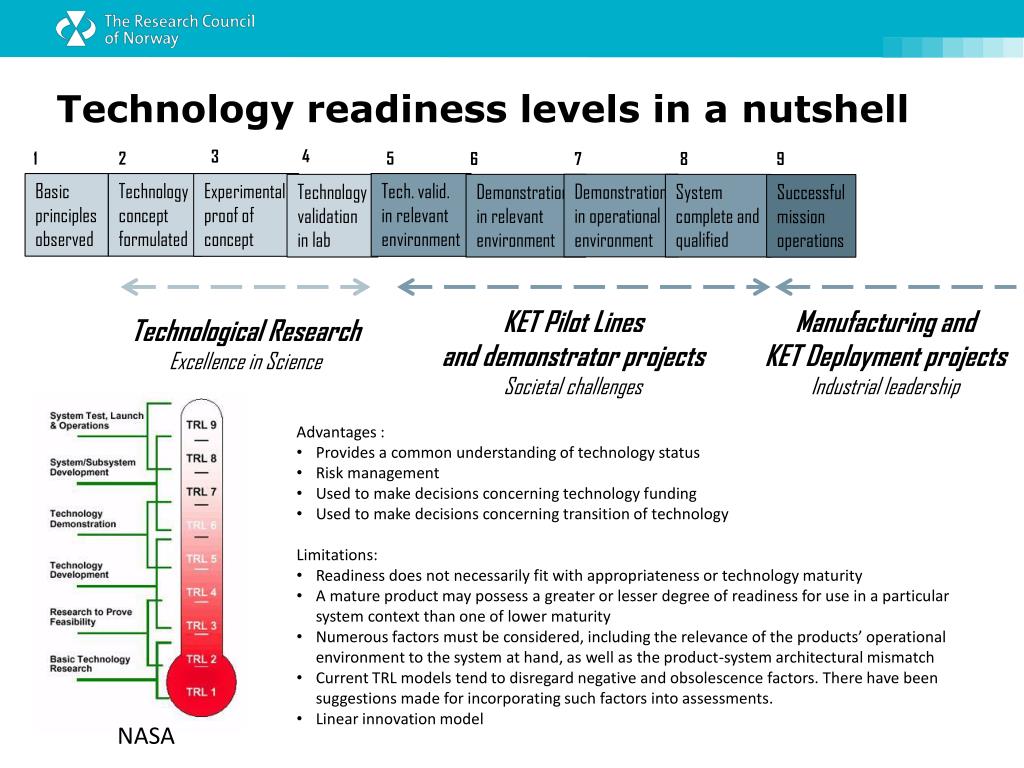 It is for these reasons that a variety of engagement strategies need to be employed. They give every learner the opportunity to reach their potential.
It is for these reasons that a variety of engagement strategies need to be employed. They give every learner the opportunity to reach their potential.
Building a solution that encourages learner readiness, even remotely, is completely possible thanks to the continuous advancements and improvements in eLearning technology. Cutting-edge content coupled with a flexible and scalable solution can allow you to incorporate more engaging and interactive approaches to learning and present opportunities for collaboration and connection among learners and instructors.
To learn more about creating a solution that encourages learner readiness and empowers your team with engaging instruction, contact the experts at Open LMS or request an individual demonstration below.
Request a Demo
What to write in resume without work experience | HR-elearning
Svetlana Mostovskaya, HR Generalist, OKONTORG LLC:
It is difficult to start looking for a job when there is no experience. What to write in a resume, how to get noticed, what photo to choose.
What to write in a resume, how to get noticed, what photo to choose.
First you need to objectively assess yourself and the requirements for the position you are applying for.
Analyze what skills you already have and how you acquired them. It is possible that you did an internship during your studies, with similar functionality, or participated in volunteer activities, even if you worked part-time without official registration - this is also an experience.
It is important to indicate the achievements that you have in your resume, these can be sports victories, knowledge of several languages, prizes in school and university competitions, all this will also fill your resume and the employer will have an idea about you, about your potential , your soft skills.
Try to make your resume structured and consistent, look at several similar vacancies, identify their similarities and differences, observe the terminology. If possible, study the resumes of acquaintances, and what do they focus on? Imagine yourself in the place of the employer, which resume would you choose and why?
Lack of work experience is not always a minus , in many cases it can be a plus: you have no negative experience, you have a positive attitude and a huge development area, a willingness to learn new things and become a professional. Reflect your motivation and your attitude in your resume. Of course, standard template forms on job sites do not always allow you to supplement your resume with a brief description of yourself and your goals, so when sending a resume to an employer, write a cover letter.
Reflect your motivation and your attitude in your resume. Of course, standard template forms on job sites do not always allow you to supplement your resume with a brief description of yourself and your goals, so when sending a resume to an employer, write a cover letter.
Cover letters are a good tool to help get the employer interested in considering you as a candidate from the very first seconds.
It is better to prepare the structure of the cover letter in advance, and write down the nuances directly for each company individually. It is also important to write in the cover letter what interested you in the company, what you expect from working in it. The more detailed you describe your interest in the job, the more likely you are to be invited for an interview.
It would be nice to fill the resume with letters of thanks, characteristics, recommendations. If they are , be sure to add them to portfolio .
Include in your resume information about passing additional training, courses, trainings with certificates, this will make it complete and informative.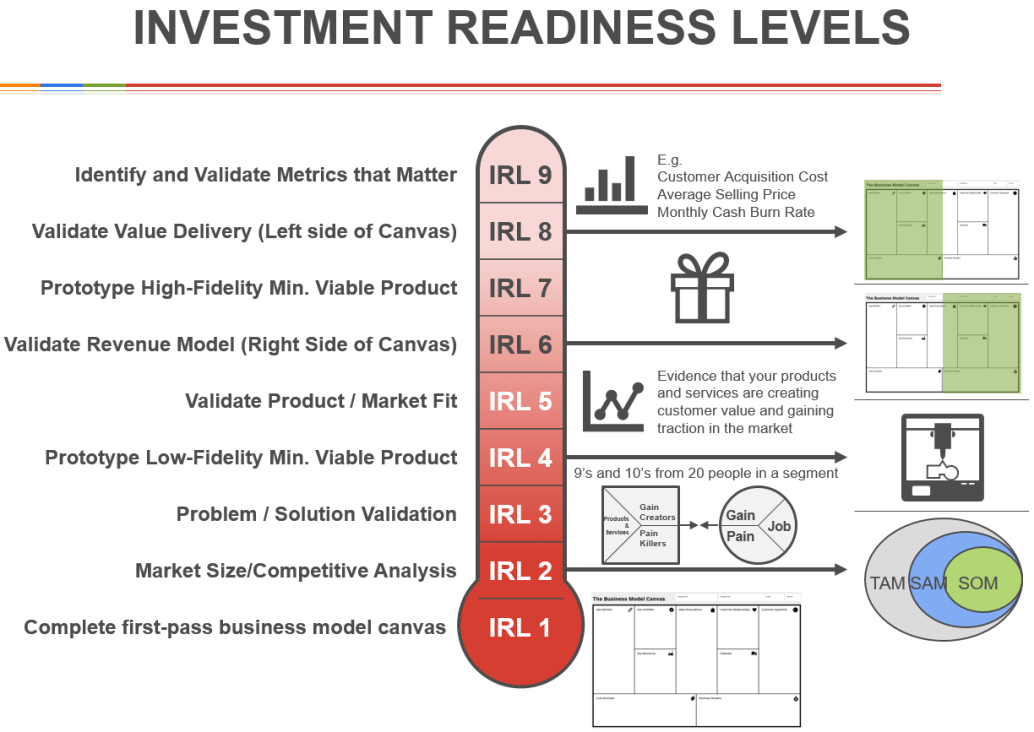
Particular attention should be paid to photography, because it is your calling card. A resume with a photo is viewed much more often by employers. Choose a photo of good quality, without unnecessary details, it should be only you and preferably in full face, skewed photos or photos in the company of friends, it is better to leave for other cases. Clothing should not go beyond the bounds of decency, but a better option: photo in business suit .
The expected level of income in the resume, of course, is better to indicate, but in order for it to be adequate, it is necessary to analyze the offers of employers and how you meet their requirements. If in doubt, the salary level can be left out and this is better than overestimating or underestimating. After receiving the proposals, you can choose the best option.
Any nuances that are important to you in your work, try to reflect in your resume.
Be sure to indicate the work schedule for which you are ready, territoriality, readiness for business trips, the more details and specifics, the more chances you have to find your ideal job, and the employer of your ideal candidate.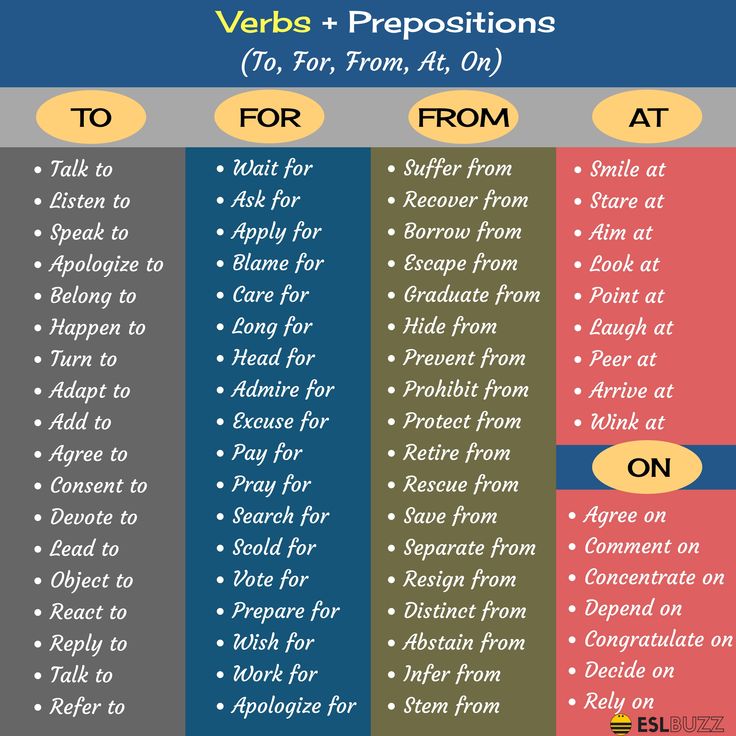
- Contact information. Please include your first and last name in your resume. Just giving a name is bad for your resume. Indicate all types of contacts (phone, whatsapp, viber, skype, mail, etc.) that will quickly contact you. For example, a recruiter will want to ask you some clarifying questions.
- Cover letter. For a candidate with no experience, a cover letter is simply a necessary attachment to the resume, without it you will not be able to demonstrate your potential and your interest in the vacancy.
- Education. Your education is desirable to be profile vacancy. The name of the educational institution and the specialty in full, without abbreviations. Describe your acquired competencies and skills in an educational institution, your academic performance, achievements, olympiads, your portfolio of relevant vacancies, completed practices.
- Motivation. In a cover letter, describe why he is interested in the company and field of activity, and what you are ready to offer.
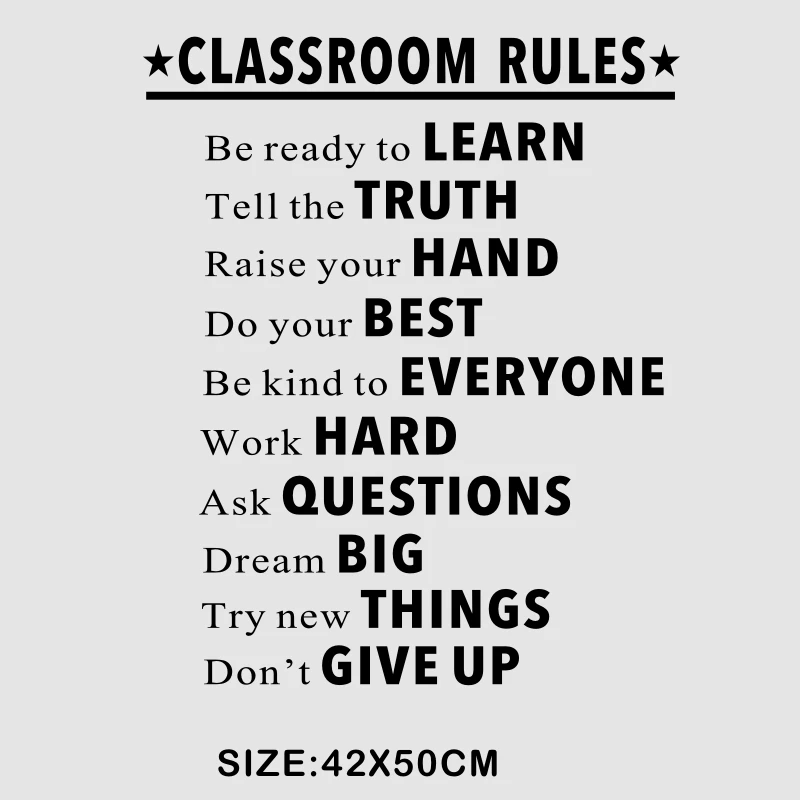
- Motivation for self-learning and development. Indicate if you have taken additional training, courses, master classes, seminars, conferences, trainings, internships, with or without certificates. Participate in free educational webinars on your profile.
- Discipline and punctuality. Indicate any facts confirming your information about the readiness to unconditionally comply with the working regime.
- Check your social accounts. networks. Include your social media profiles in your resume or cover letter. Clean up your photos, make posts and reposts of useful information on your specialty and profile. Useful posts and photos about your hobby. The more you show your interest in your chosen profession, the better.
- Literacy. Absence of stylistic and grammatical errors. Strict business language.
“Why do you want to work with us?” — Work.ua
What recruiters really want to hear when they ask a job seeker and how to answer it correctly.
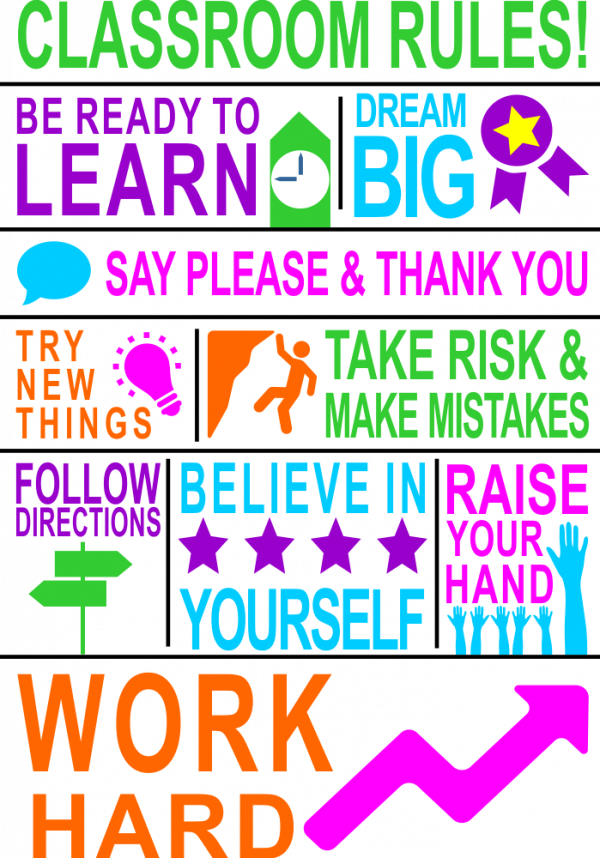
As you know, the interview most often comes down to 15 standard questions. Some of them the recruiting manager may not ask at all. But when you applied for the job, question “Why do you want to work for us?” will sound 100%. Saying what the recruiter wants to hear will greatly increase your chances of getting the job you want.
To give the right, truthful and tactful answer, Work.ua invites you to prepare in advance.
Why the recruiter is asking this question
The recruiting manager is looking for a qualified and motivated employee who will work better and longer than other candidates. His task is to find out what drives you when choosing a job, why you chose this particular company and not another.
The interviewer wants this question:
- find out what you know about the company you came to interview;
- make sure that your interest in a potential job is not zero;
- find out if your inner beliefs intersect with the corporate values of the company, how loyal you are to it;
- determine what attracted you to the vacancy;
- check that you understand what your duties are and how you will perform them.
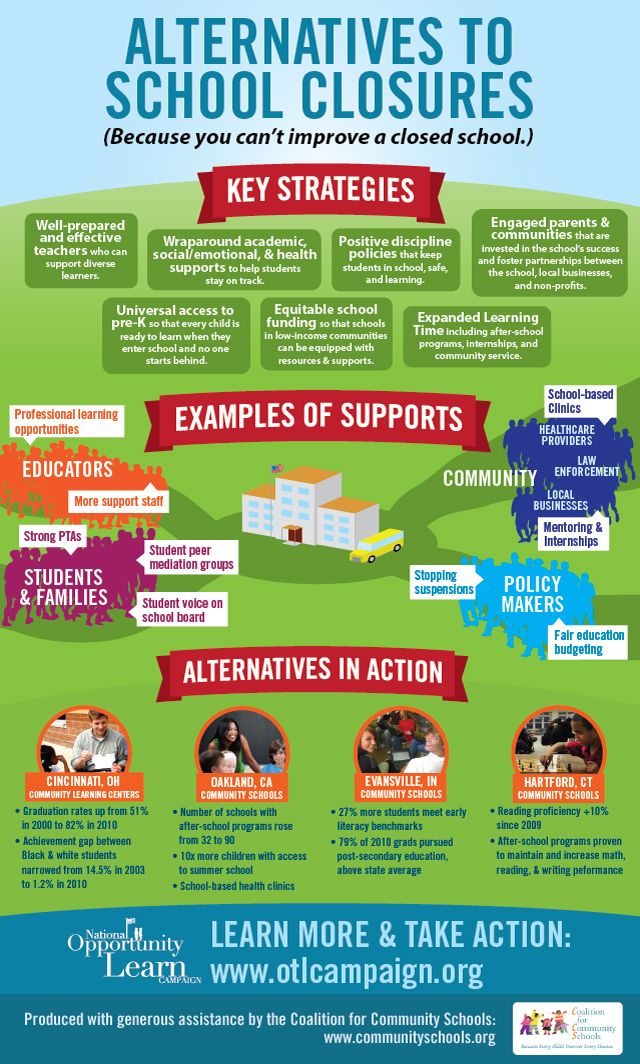
This takes into account how quickly the response was given. In what manner did the applicant speak - uncertainly, at a loss, or easily, clearly, with enthusiasm.
NB! The HR manager may ask you in different ways why you want to work for a particular company.
There are such double questions:
- What attracts you to our company?
- What attracts you to this job?
- Why did you choose our company?
- Why do you want to work in our company?
Therefore, consider this feature, and be prepared that this question can be asked in different ways.
How not to answer
Universal recipe, how to answer the question "Why do you want to work in our company?" does not exist. To give an honest answer, you need to prepare for the interview as a whole, study information about a potential job, think about what you, as a specialist, can give her. And be honest with yourself.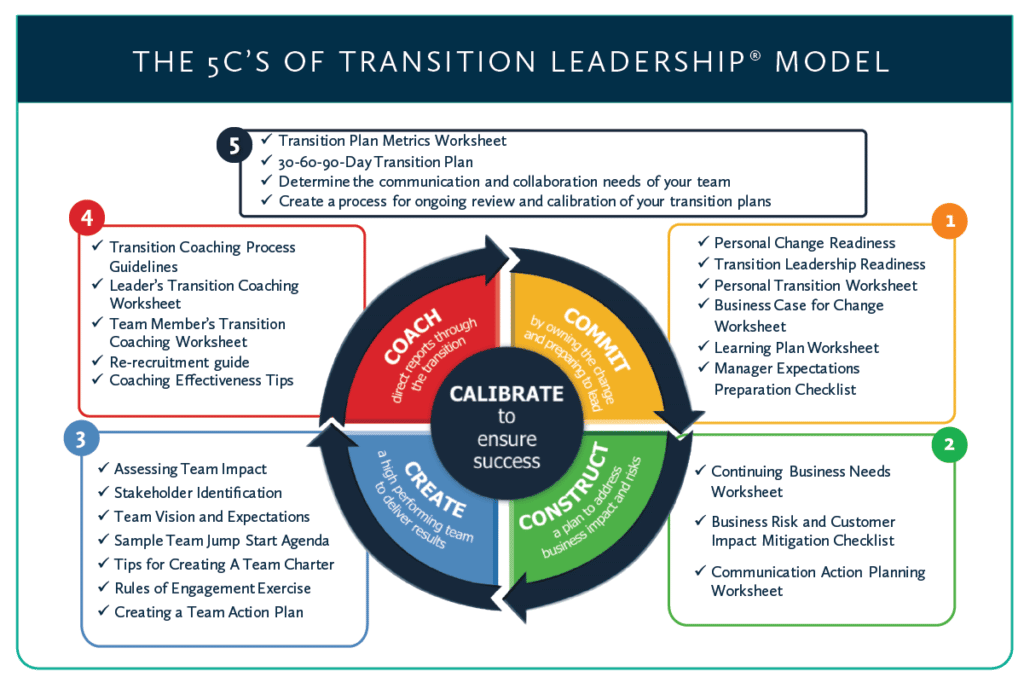
But there are a few words that are best avoided when answering.
- Don't be too direct.
“I want to visit you because I am unemployed. I need a job. You offer a good salary. Also, your office is close to my house.
- Do not give a general answer that does not show your knowledge of the company and the desired position.
"Your firm seems to be very cool, it would be great to get a job here."
“Your company has a good website, I really like the logo and the color scheme in which it is designed. Give me a chance to be part of your team."
- Do not respond in an apathetic or irritable manner.
“I don't know. I saw your job posting. I don't think you would advertise if you didn't have vacancies. I would like to work here. Can we get down to specifics?"
Do not use clichés, vaguely, flatter, or repeat word for word the text written on the corporate website.
How best to answer
The technology of answering why you chose this particular company for work is quite simple:
1. Talk about the needs of a potential employer, what you can do for him.
2. Highlight the firm's strengths, show your knowledge of the firm and its management, products and services.
3. Talk about the tasks that you are interested in solving in a particular position, demonstrate how you can solve them.
4. Draw a parallel between your goals and the goals of the company, prove that they coincide.
In general, your task is not to talk about what you want, but to show yourself as an ideal candidate who matches his skills and qualities with the values and needs of the company. Try to connect the collected information about a potential employer with your experience and skills, professional goals.
Here are some examples of responses that you can combine, shorten or adapt to suit your needs.
Example No.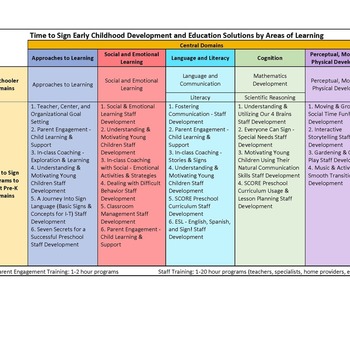 1
1
“Over 7 years of operation, your company has earned a solid reputation in the market (which one) and still holds a leadership position in this industry. It would be a great honor for me to work for a firm with such an interesting history. The proposed position is ideal for continuing my career. It successfully combines those areas of activity (list which ones) in which I have experience. This is a good opportunity to apply your skills, share experience and bring value to the company.”
Example #2
“Recently I saw an interview with your manager on channel H, in which he said that the company is going to develop new markets due to the expansion of its product range. I have experience in this area, I am interested in this area, and I will be happy to share my experience on how to find trading partners in Asian countries.”
Example #3
“I know that your company's mission is not only to help people find jobs, but also to help them learn, develop, become better. These values are close to me, they intersect with my inner convictions. I will be happy to join your team."
These values are close to me, they intersect with my inner convictions. I will be happy to join your team."
Example #4
“I've heard a lot about the corporate culture of the company. The motivation system and working conditions are significantly different from those that I had to deal with earlier. In addition, you provide employees with the opportunity to improve their skills, compensate for the cost of training. It is worth a lot, especially for a specialist who wants to develop in his own direction. And I want to do it."
Case #5
“I have been using this service from your company for many years. I like it because it's fast and convenient. But I have an idea how to improve it. I am ready to discuss this project in the near future.”
How to prepare an answer
How much information you have about the company depends on the success of answering the question why you chose it. The following research tools will help you get the data you need.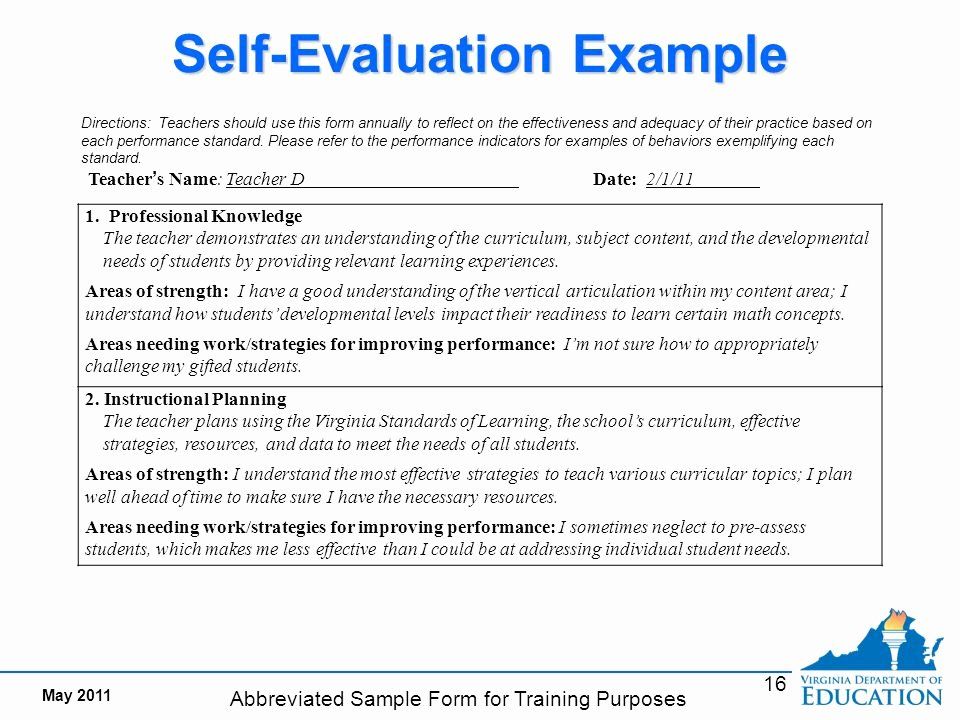
1. Determine the accents
Select the topics you want to emphasize when answering this question:
- name, success, size of the company;
- line of business, product or service;
- values, mission, corporate culture of the company;
- the opportunity to apply your experience and gain development while working in this structure.
2. Use the Internet
Today, no reputable company can do without its own website. Start your research with him. Study the history, mission, corporate values of the company; products or services; awards and achievements. Meet the management and the team in absentia - this section is being added to the site more and more often.
Monitor social media, the company may be on LinkedIn, Twitter, Facebook, YouTube or other networks.
More information can be found using search engines.
3. Contact the media
The Internet is the Internet, but no one has canceled the traditional media.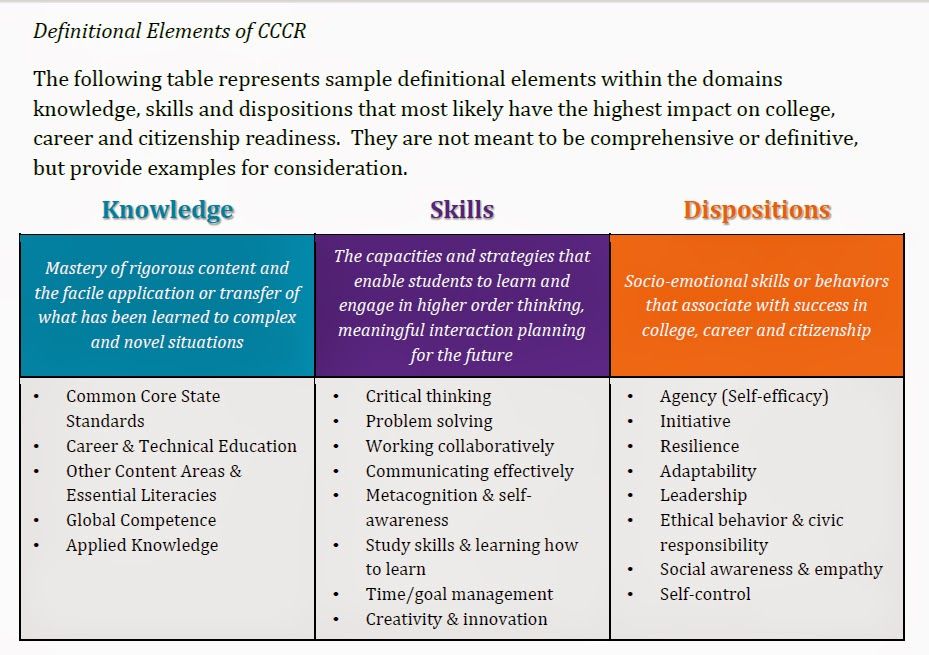 Read articles about the company in the press, watch an interview or commentary of its leader on television. Do not be too lazy to look through printed publications to keep abreast of the latest trends that occur in the industry, study competitors.
Read articles about the company in the press, watch an interview or commentary of its leader on television. Do not be too lazy to look through printed publications to keep abreast of the latest trends that occur in the industry, study competitors.
4. Connect your connections
Refer to your own business and personal contacts. Maybe some of your friends work at the company you're applying for or know people who work there. Through social networks, identify current employees of the company. Ask them about a potential job. But be careful about mentioning their names when talking to a recruiter.
Work.ua recommends answering the question “Why do you want to work for us?” is meaningful and honest. If you are attracted to wages, then say so. There is nothing wrong. However, remember that your motivation must be accompanied by other impulses, for example, the desire to develop, the desire to improve a product or service.
So that no interview question will confuse you, prepare yourself.